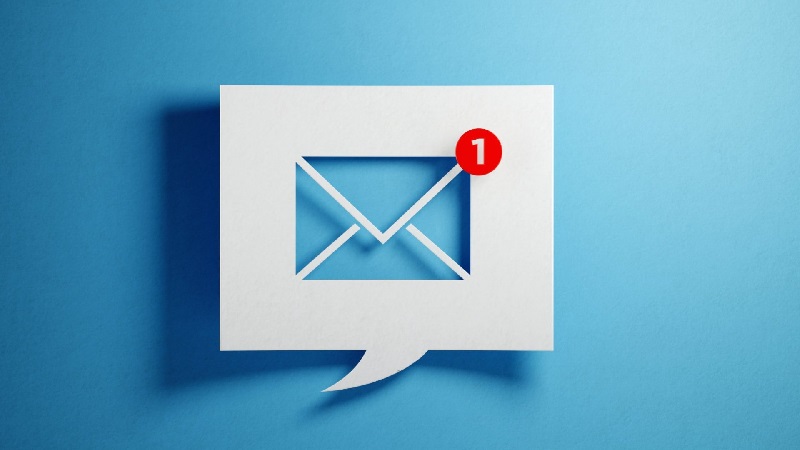In digital marketing, the quality of their list is critical, but selecting how to keep it in good form can be tough. It’s crucial that they strike the right balance between their goals, their budget, and the precision with which they want their list to be. Customers will require an email verification service that provides a detailed examination of their emails rather than just a pass or fail to rate, regardless of which option they choose. It’s critical for their email marketing, revenue, and reputation.
To improve the accuracy and usefulness of their email list, email validation ensures that both the domain name and the local portion of an email address are legitimate and typed or written correctly.
How can emails be verified and validated?
Without an email verification tool, they can’t fully check if email addresses on their list are authentic until they send them emails, see if they bounce, and then manually eliminate all incorrect ones. However, this makes little sense because each bounced email jeopardizes the sender’s reputation, thus they want to avoid bounces in the first place.
They can utilize email verification programs, often known as email verifiers or email checkers, to verify email addresses before sending, as indicated above. These tools will tell users which of their email addresses are undeliverable and which are safe to send to.
How Does It Work?
Most email validation services use a three-step procedure to validate emails:
Formatting & Syntax –
The format of an email address is the first thing their email validation service evaluates. This just guarantees that the email contains all of the necessary information in the appropriate locations. It looks for things like missing symbols, invalid characters, and domain names that aren’t in the right location. Due to purposeful falsification or typo, this check excludes entries that are simply not real email addresses.
Domain Verification –
After that, the email validator will check to see if the domain is active and genuine. It’s just a matter of checking the DNS and MX records to make sure the domain is correctly configured and operational, and that the mailbox can receive messages. This is where the emails that are appropriately formed but are invalid are deleted from the list.
Last but not least, the remaining malicious emails are caught in this stage. Their email validator will use SMTP to contact the mail server and verify that the mailbox exists. Most throwaway email addresses are filtered out as a result of this. None of these three tests necessitates sending an email to their email validator. Checking an email address just takes a few seconds.
Users can automate the email validation process by using an API, also known as data integration. Before sending any emails to an email address that has been added to their list, their email system will automatically send it out for verification.
Furthermore, an email validation API can help in the prevention of people inputting disposable or fraudulent emails in the first place. On their email collection forms, people can use the API for inline email validation. If someone types in an invalid email address, they will be prompted to fix it before proceeding.










